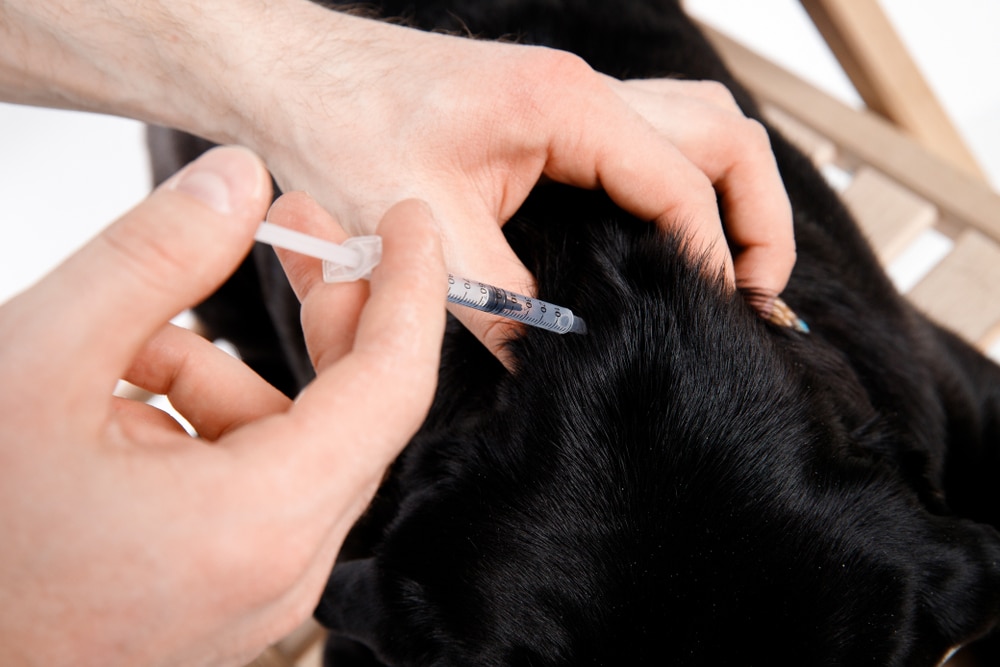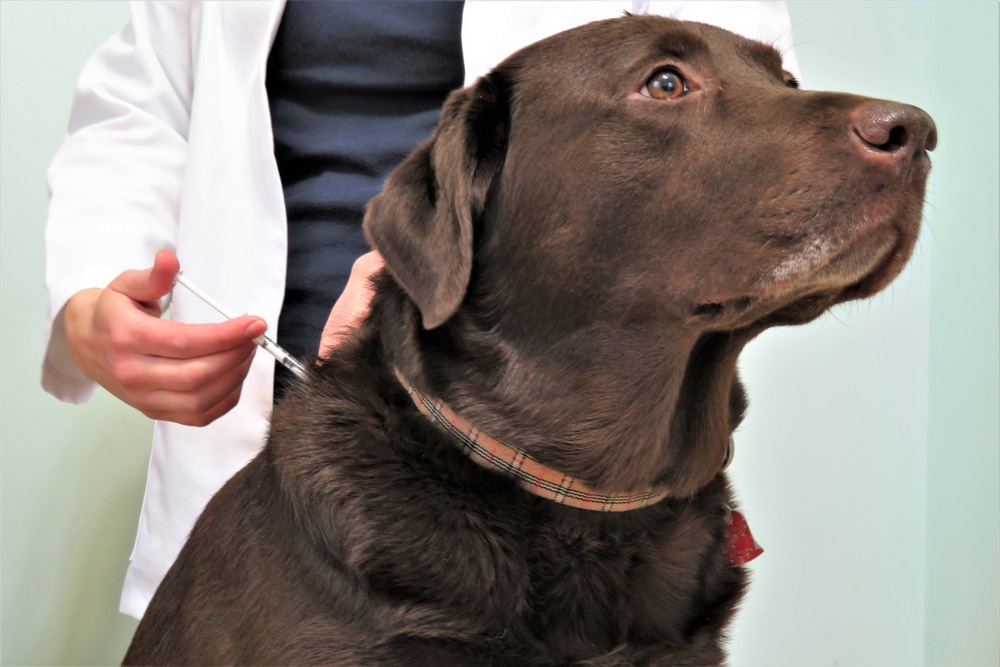Diabetes is a condition that affects humans and doesn’t spare dogs and cats. It sounds scary, but once the plan for treatment has been made, humans and their pets can go on to live a happy and normal life. So, how does one take care of a diabetic dog?
For dogs with diabetes, changes in the diet, proper exercise management, and on-time treatment applications mean they will have a normal dog life and will get to enjoy it to its fullest.
What Is Diabetes And How Does It Affect Dogs?
Diabetes mellitus, also known as sugar disease, is a condition where the body does not produce enough insulin. Insulin is a hormone that helps regulate the level of sugar in the blood by helping the cells get the needed sugar. When dogs have this condition, the body is unable to put all of the sugar from the blood into the cells, which leads to hyperglycemia.
However, this amount of sugar can’t stay as it is in the body, so the body tries to get rid of the excess. This is done through the kidneys that filtrate the excess sugar into the urine, which is a condition known as glucosuria.
Dogs that suffer from this can present different signs. The most common clinical presentations owners see in their diabetic dogs are:
- Increased desire to drink water
- Increased urination
- Weight loss even though the dog is eating properly or more than usual
What Can I Do To Help My Diabetic Dog Have A Happy Life?

After the sugar levels have been managed, your vet will give you some tips on how to take care of your diabetic dog best. This will include on-time insulin applications, changes to your dog’s diet, and proper exercise management.
Application Of Insulin
Many owners fear giving their dogs shots twice a day and measure their dog’s glucose levels daily. However, since the pinch from both needles is usually not even noticed by the dog, it makes the owner’s job much easier.
Nowadays, some commercial dog-friendly insulin pens calculate the proper dose for you and are quite user-friendly for the owner. Dogs usually don’t notice the needle and get used to the treatment protocol very fast. Your vet will instruct you on how to use it properly. It is imperative that you follow the guidelines that will be provided.
Proper Exercise
Keeping your dog active even after it was diagnosed with diabetes mellitus is crucial. This helps them maintain their weight and helps them use up more of the sugar they have in the blood. With that said, this does not mean the dog needs to be pushed beyond its limits. This could lead to a reverse reaction, meaning the sugar level can drop drastically. Vets always recommend long walks where your dog can keep pace rather than running around like a wild animal. If you are considering changing the training, consult your vet prior to doing so.
Find The Best Diet For Your Diabetic Dog
Several things are important when it comes to feeding your diabetic dog. The first thing is what food to choose. What is important is that it needs to be low in carbs and fat but rich in fiber. Luckily, there are a lot of commercial dog foods that produce balanced meals for canines suffering from this condition, but they may be pricey. They also come in dry or wet forms.
Timing of the meals is also crucial. It usually means you have to try and keep to the schedule once you have established it. It is also important your dog eats their meals. If it doesn’t, it may end up becoming hypoglycemic, meaning it may run out of sugar. Have in mind that overfeeding your dog is also not recommended. Even though your dog may beg with their big puppy eyes, you are not doing it a favor if you overfeed it.
Conclusion: How To Take Care Of A Diabetic Dog
Learning your dog has diabetes is not easy. It means that you are in for a lifelong commitment and that your dog’s life depends on you. But luckily, you are not alone in this fight, as today, there are a lot of owners who have been in your place, so talking to your vet and asking them for help will certainly be beneficial. Keep in mind that these people understand your dog, and with their help, you can help you provide the best possible care for your canine.
So, do you have a diabetic dog? Let us know what’s going on in the comments below!
